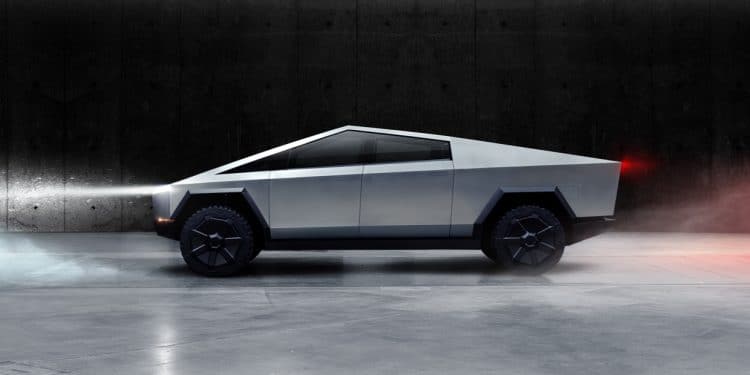“Oh my f*cking God,” are not the words you want your CEO to say at a staged media event after attempting to show the world your brand’s new product. But after one of Tesla’s designers threw a small metal ball at their new truck’s window in an attempt to illustrate that it’s shatterproof, only to find it immediately resulted in a huge crack in the window, those were the words that came out of Elon Musk’s mouth.
So, for some strange reason — that seems an awful lot like denial — Musk thought he’d have the designer hurl another metal ball at the back window, as if the window now had the benefit of experience to know what to do this time. It didn’t. Unsurprisingly, the second ball caused another very similar crack. Trying to look at the bright side, Musk said, “It didn’t go through,” and pragmatically added, “There’s room for improvement.” Yes, Elon, there’s definitely room for improvement and you should be on it. That demonstration should have been well-rehearsed and that fail would have easily been avoided, but instead you had an embarrassing failure with some minor damage to your brand’s credibility.
Even thought that brand damage may be small, it easily could have been avoided and this kind of carelessness, especially if they continue, can have a cumultive effect that harms the brand image. When the point of the presentation is to demonstrate that your vehicle’s glass is unbreakable, you better repeat that demonstration and make sure it works as expected every time. Tesla enjoys fierce brand loyality and that covers a multitude of sins, and I believe that Tesla’s fans will write this off, however, if situations like this become a pattern and consumers are exposed to brand promises failing to be met, it can damage the brand.
Of course, social media is the place where passionate brand advocates and attackers usually don’t pull punches, and this is no exception to the rule. Even the Lego brand joined in mocking Tesla’s failure on social media.
Musk later revealed that the window cracked due to the glass being cracked below where the window could be seen after they tested the truck’s doors by hitting them with a sledgehammer. Again, this is something that could easily have been discovered if they thoroughly tested their demonstration prior to the public event. But a brand fan came to the rescue and Musk didn’t skip a beat in taking advantage of the opportunity to interact with him and explain the cracked window.
This is certainly a brand fail, but not a very significant fail due to the high credibility of the brand. We don’t foresee this hurting the brand long-term — as long as there aren’t a series of public fails like this one.

LESSON: This fail was easily avoided and should never have occurred. Any demonstration done in front of an audience should be thoroughly tested — again and again — prior to any event where journalists are present and cameras are rolling. Certainly, a public demonstration showing that a product fails to live up to the hype is not positive, and Tesla could have easily avoided this fail. A well managed brand follows the Boy Scouts’ motto, be prepared. This fail was so easily avoided. Relying on the forgiveness of a brand’s fan base is no substitute for being good brand stewards. And while this fail is relatively minor, if Tesla continues to be this careless, they can easily damage the brand image. This fail is a great example of something that can yield incredibly invalable learings to a brand if a well-designed post mortem is conducted. The reality is, thorough and honest post mortems are not as common as they should be for a variety of reasons that range from managers fearing repercussions and accountability for mistakes to ego and a lack of discipline.





